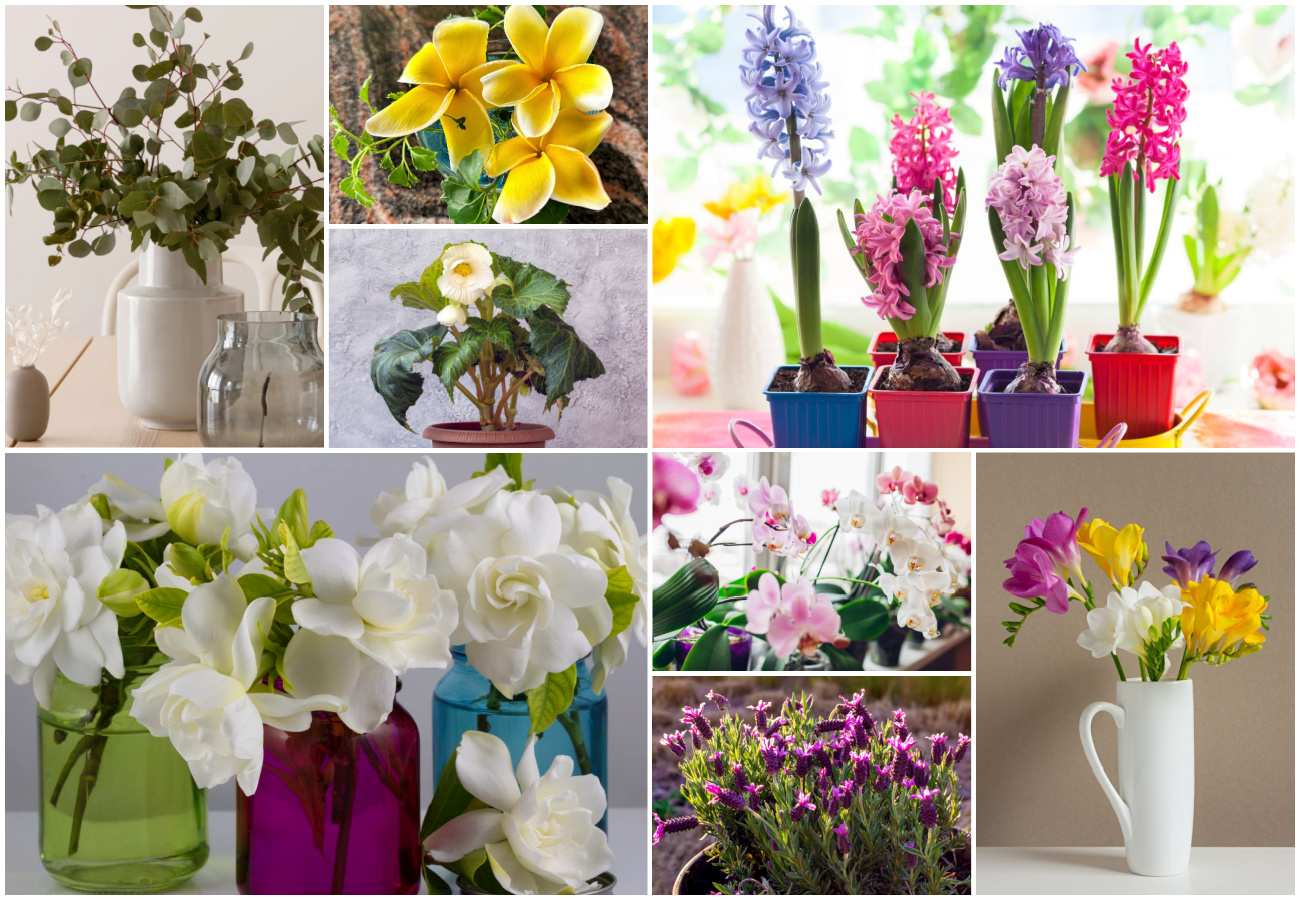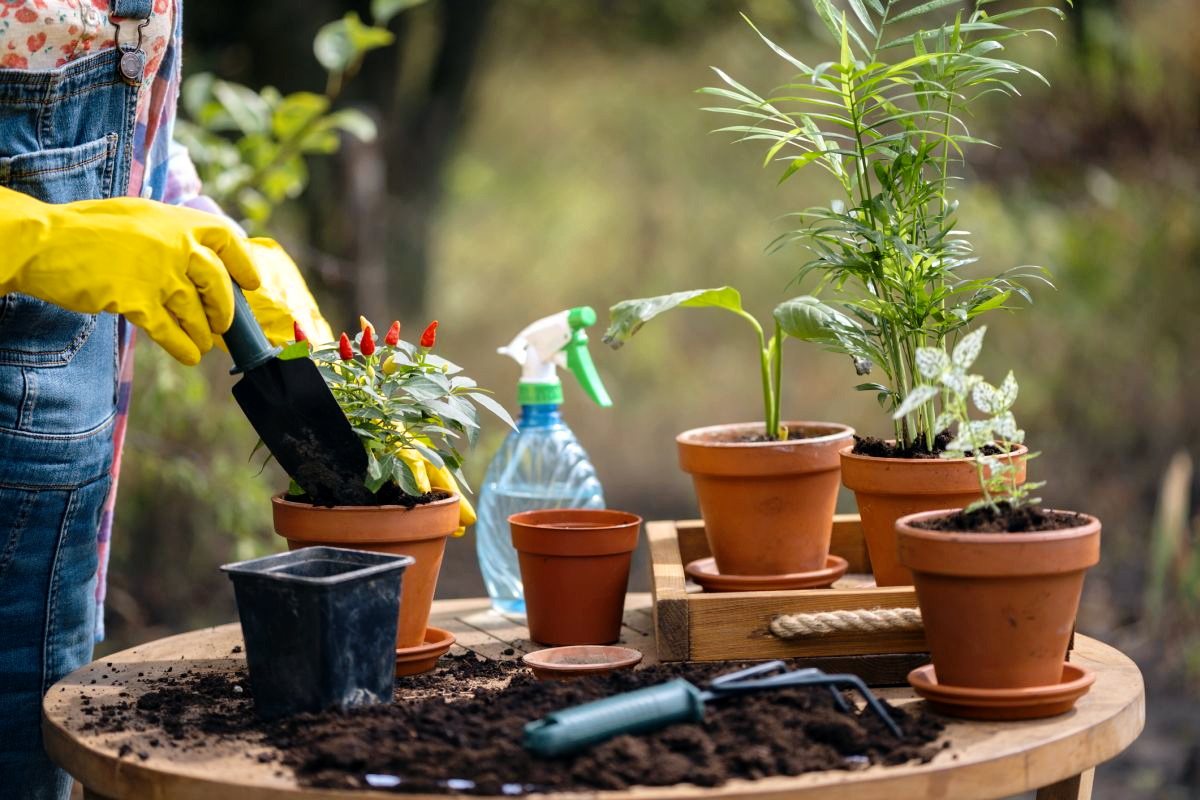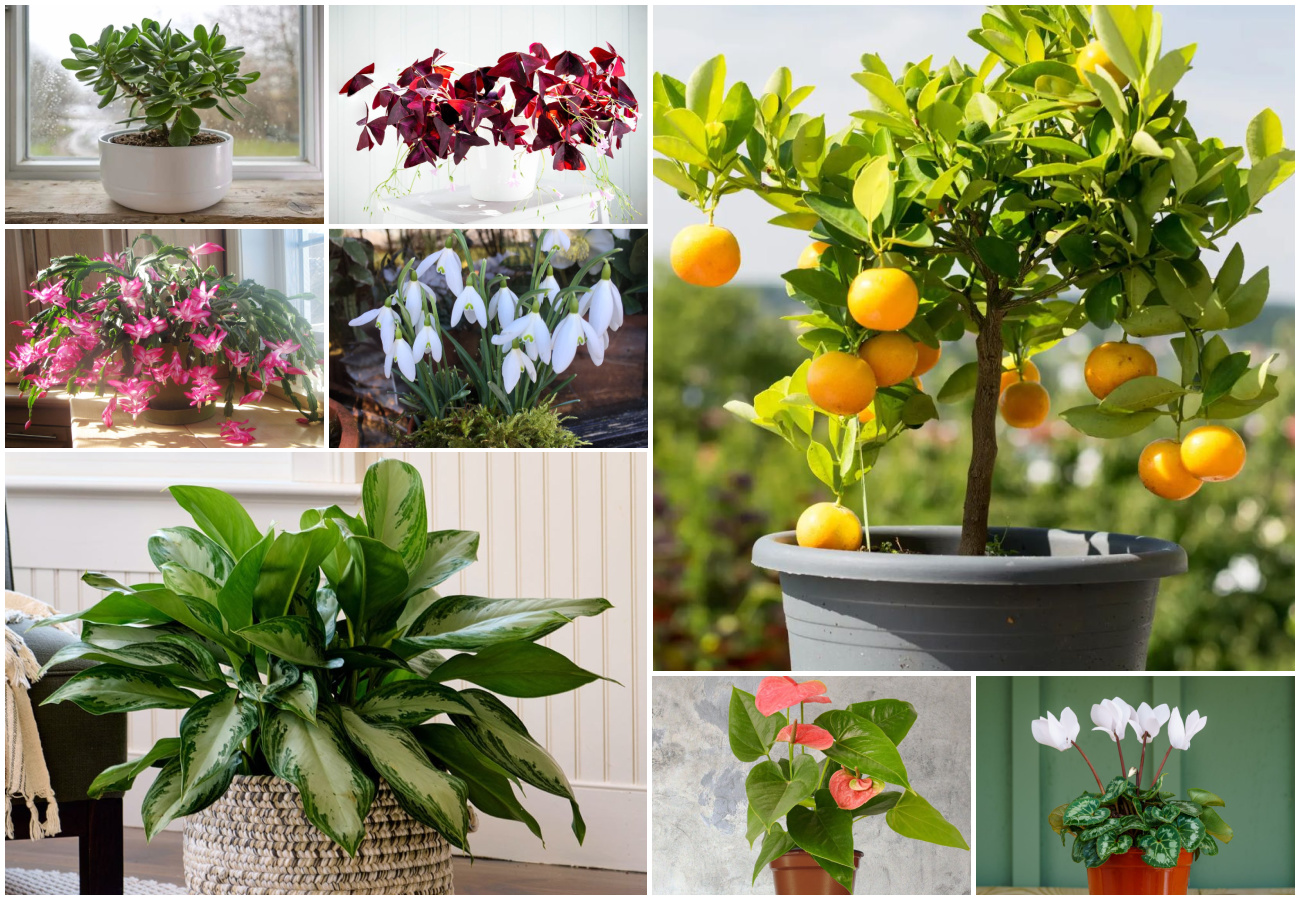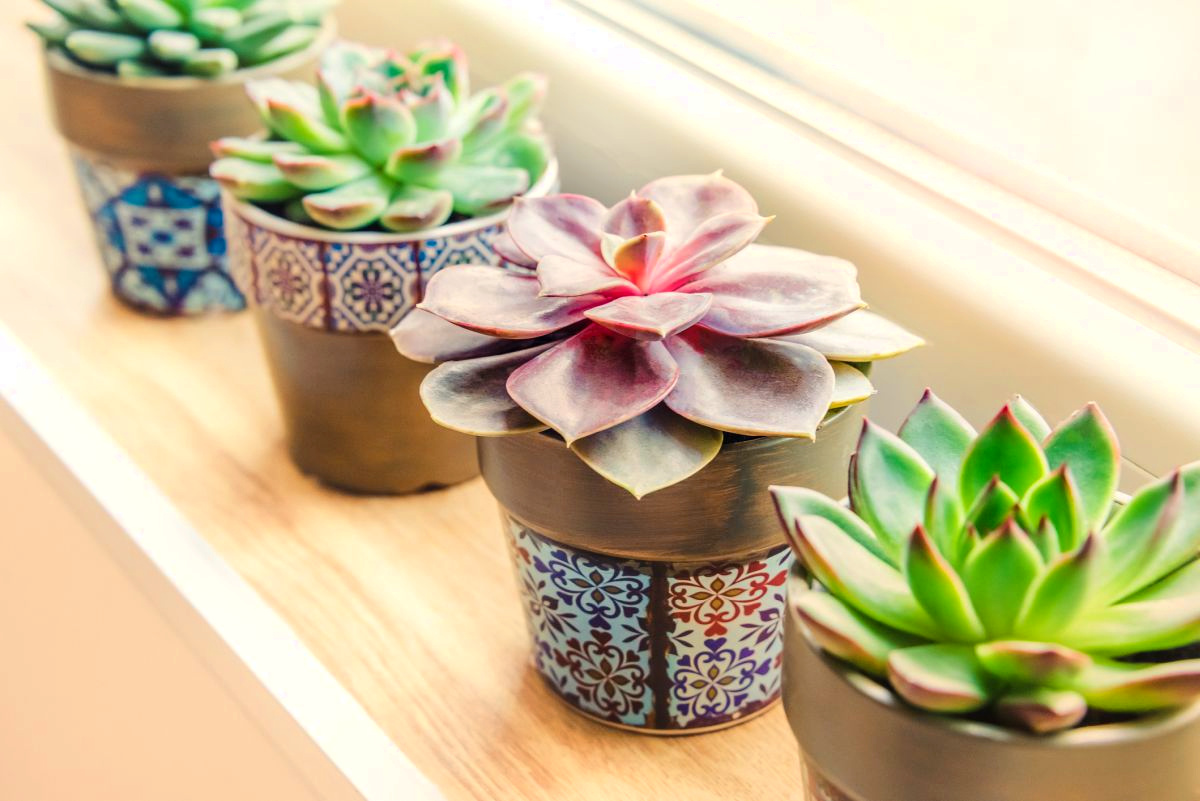If you’re looking for an unkillable plant that looks far more delicate than it is, take a look at satin pothos (Scindapsus spp.). The most common Scindapsus is S. pictus, but there are several beautiful species worth keeping.
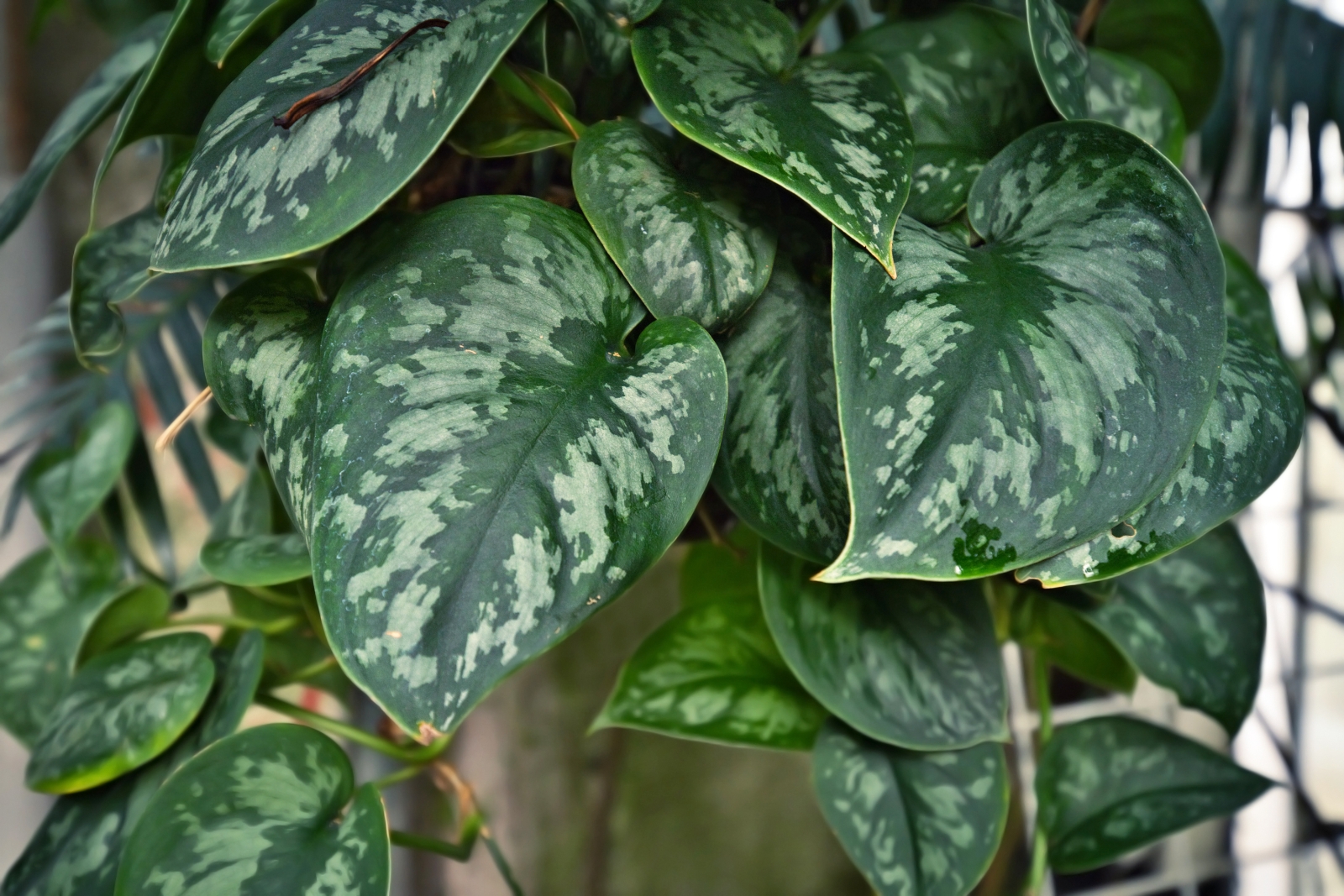
This plant is known as both satin pothos and silver philodendron, but both of those names are inaccurate. Neither a pothos nor a philodendron, both plants to which it bears more than a passing resemblance, this climbing vine features satiny deep green leaves with splotches of silver variegation.
This variegation is raised and bumpy, a type of variegation known as blister. The coloring appears somewhat sparkly, which is known as reflective variegation.
The specific epithet “pictus” means painted in Latin, which is a precise description of the painterly splotches. The genus is derived from the Greek word ‘Skindapsos,’ which means “on a tree,” a reference to the plant’s growth habit.
Satin pothos plants are aroids, meaning they are part of the Araceae family, which also includes Alocasia species, Monstera species, and philodendrons. This group of plants is defined by unique reproductive structure it develops, which includes a spathe and a spadix. If you’ve ever seen a peace lily in bloom, that’s the inner part of the flower is the spadix, and the outer, white part is the spathe.
- Genus: Scindapsus
- Species: Pictus, Rupestris, Treubii
- Native To: Asia
- Sun Exposure: Bright indirect or diffused light
- Soil Preference: Well-draining loam or loam, bark, and perlite
- Soil pH: 6.0-6.5
- Toxicity: Toxic to pets and humans
Caring for Scindapsus:
Satin pothos is found as far west as India and as far east as the Phillippines, where it grows in humid, warm tropical rainforest environments.
In their native environment, these plants are epiphytes and epilithic, which means they anchor themselves into rocks and other plants in order to reach light, moisture, and nutrients. They aren’t parasites, deriving their nutrients from the host. They simply use the other plant as a support structure.
As they climb, the leaves cling closely to the support, adapting their form to the shape of the structure their growing on so that they appear to be “hugging” it. This is known as shingling.
The plant tends to stay in its juvenile form, with smaller leaves with a solid, oblique, cordate morphology when grown indoors. While the leaves can grow up to 12 inches across, they stay much smaller indoors. You can somewhat combat this by training the plant up a moss pole. This encourages larger leaves and longer vines.
Some people describe the leaves as taking on a pinnate compound form when mature. This is inaccurate. The leaves can develop lobes on the margin when mature, or they can take on more of an elliptical shape, depending on the cultivar. Some people confuse the fenestration that the mature leaves of philodendrons sometimes take on with the pinnate lobes of satin pothos.
Light
Scindapsus will adapt to a range of different lighting conditions, but that doesn’t mean that it will necessarily thrive. The right light will bring out the variegation and create thick, dense growth.
The plant does best with dappled light for several hours or direct light in the morning for a few hours.
Bright, direct afternoon sun is too harsh and will burn the leaves.
Ideally, this plant should be next to an east-facing window or pulled away from a west or south-facing window. A west or south-facing window covered in sheer curtains would work, too.
Your plant will be fine if it doesn’t receive as much light as it prefers, but it will be leggy, and the variegation will be reduced. If this happens, move the plant to brighter light or provide some supplemental lighting.
Soil
All aroids prefer somewhat similar soil. They need something that mimics what they grow in naturally. These plants grow in loamy earth with lots of rotted plant matter in their rainforest environment.
Potting soil manufacturers even make mixes specifically for aroids, and feel free to use one of these for your plants. Many people grow in traditional potting soil, and that’s fine if you’re cautious not to overwater.
Even better, you can make your own mix by combining equal parts orchid bark, traditional potting loam, coco coir, and perlite. The bark improves drainage and the loam mimics the nutrient-rich earth of the rainforest.
Water
The thick leaves of Scindapsus hold a good amount of water, so this plant doesn’t need frequent watering. In fact, too much water can suffocate and rot the roots.
The plant will begin to curl at the edges, followed by wilting when it needs water. At that point, you can perk it up back up with a long drink. However, you should try to water before this happens.
You can also tell that the plant needs water when the top third of the soil has dried out. As you become familiar with your plant, you’ll be able to tell that it’s time to water by lifting the container. When it feels light enough, add water.
Scindapsus benefits from bottom watering, which is when you place the container in water and allow the soil to soak up the moisture. Allow the pot to sit in the water for about 30 minutes, and then allow it to drain thoroughly.
If you bottom water, you need to flush the soil once every four months to remove any mineral build-up. When you water from the top of the soil, you flush out the minerals in your water naturally, but the minerals can build up when the soil sucks up the moisture instead.
If you mount your plant, you will need to water more regularly. Add moisture anytime the moss dries out. It’s extremely difficult to overwater mounted plants.
Feeding
Fertilize Scindapsus once a month during spring and summer. Any houseplant fertilizer or mild, balanced fertilizer will do the job. Look for something with an NPK of about 3-3-3, though something slightly higher in nitrogen, like a 4-3-3, is fine as well.
Both foliar and soil fertilizer work, but be aware that salts can build up in the soil when you feed with conventional fertilizers. To combat this, flush the soil once every four months.
Potting, Training, and Mounting
So long as your chosen container has drainage, the material isn’t important. If you tend to overwater, choose unglazed clay or terra cotta. If you tend to underwater, metal or glazed clay works better because it doesn’t dry out as quickly.
Choose a container that is slightly larger than the plant’s rootball. You want the roots to have about an inch around the circumference to grow into.
In nature, satin pothos climbs up any nearby plant. Providing it with a moss pole to climb will reproduce these conditions and will result in more robust growth and larger leaves.
As an epiphyte, this plant can grow mounted onto wood, stone, or any other waterproof material. To do this, remove the plant from its growing container and brush away most of the soil. Wrap the roots in a ball of sphagnum moss and bind the moss. Attach the moss ball to a support.
Best Species and Cultivars
There are about three dozen species within the Scindapsus genus, but only a few are common in cultivation.
Pictus
Pictus is the most common species, and typically the one people are talking about when they talk about silver pothos. There are lots of hybrids and cultivars of this species.
‘Silvery Ann’ has larger splotches of silver than the species. ‘Tricolor’ features a base of light and medium green under the silver variegation.
‘Mayari’ is a highly sought-after cultivar with patches of cream in addition to the silver. The silver pattern of ‘Silver Splash’ looks truly painterly, with feathered edges that look like they were applied with a paintbrush. ‘Jade Satin’ lacks the silver variegation.
‘Argyreus’ has smaller but more distinct splotches. It’s extremely popular.
Rupestris
The leaves of this rare plant collector favorite are lanceolate and lack the silver variegation. Instead it has yellow, cream, pale green, or gray variegation. ‘Aurea’ has bright yellow streaks and ‘White Marble’ has gray and cream patches.
Treubii
The treubil species has become more popular in recent years, and many cultivars can now be found at specialty retailers. The leaves of this species are a bit more elongated than the pictus species.
‘Sterling Silver’ has leaves that are almost entirely silver with green veins and margins. ‘Dark’ has an extremely dark green base. The popular ‘Moonlight’ has an overall silvery sheen that appears as though it’s glowing in the moonlight.
Propagation
Most aroids are easily propagated by stem cuttings or layering, and Scindapsus is no exception. Propagate in the spring or summer since the plants go dormant in the winter and might not develop new roots.
Leaf cuttings can be rooted in water or soil. To take the cutting, look for a healthy vine with at least three leaves and one aerial root. The aerial roots are small, single roots that emerge anywhere out of the vine above the soil.
Remove all but one leaf and place the end a third of the way deep in a small pot filled with aroid soil or submerge it in water. Water the soil until it is moist. Place the cutting in an area with bright, indirect light but no direct light. If you’re growing in water, change it every day or two to prevent algae or mold from forming.
If growing in soil, keep the soil moist at all times. It should never be allowed to dry out.
After a few weeks, new roots should begin developing. If the cuttings are in water, move them into soil once they’ve developed roots that are about a fourth as long as the vine. Be sure to keep the young plants well-watered as they develop a strong, healthy root system.
Common Problems, Pests, and Diseases
Scindapsus is generally quite healthy and resilient. If you provide it with the right amount of light, water, and food, it’s unlikely that it will have problems. Stressed plants can be attacked by aphids, mealybugs, scale, and spider mites.
If your plants are infested by pests, isolate them until you are able to successfully treat them.
Aphids use their sucking mouthparts to feed on the inner sap of plants. They tend to cluster on the undersides of the leaves and the stems. Spider mites are extremely small, but they can be identified by the fine webbing that they leave behind.
Both cause leaf yellowing and drying out. In bad cases, the leaves might drop off the plant. Both can be treated by spraying the plant with a gentle stream of water to knock the pests loose and then spraying the plant with neem oil or insecticidal soap after it has been allowed to dry out.
Scale and mealybugs are closely related and both cluster on the undersides of leaves and stems. Both are flat and move extremely slowly, so they are often confused with a disease rather than a pest. Mealybugs have a white coating, making them look like a white fungus, and scale look like flat, brown bumps.
These can be treated by scraping them off with a butter knife or wiping them with a cotton swab dipped in isopropyl alcohol.
While the plant isn’t usually troubled by disease, overwatering can contribute to root rot. When the roots are in too much water, they essentially drown because they can’t access the oxygen they need.
Generally, if you reduce the amount of water you’re giving and check to make sure the drainage isn’t blocked, your plant should recover.

